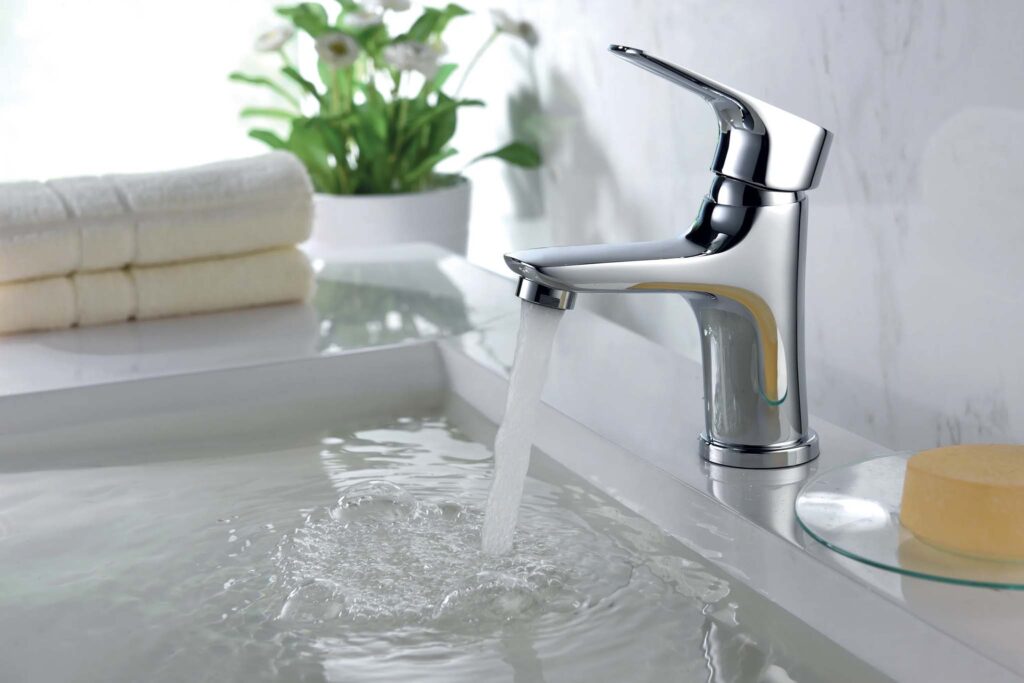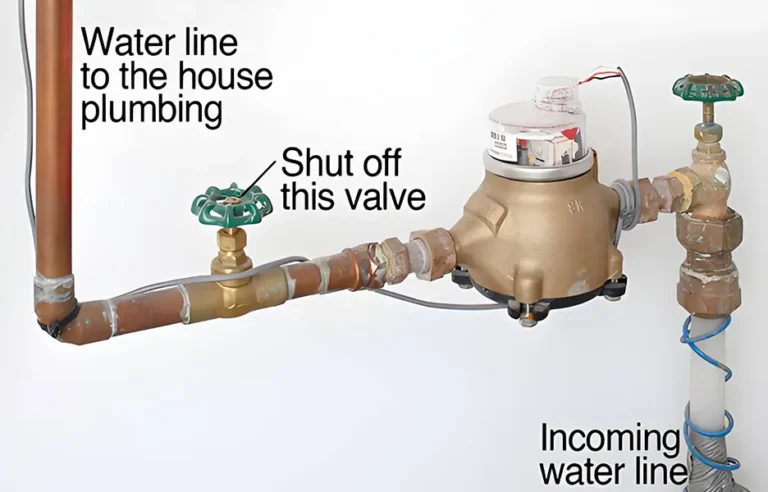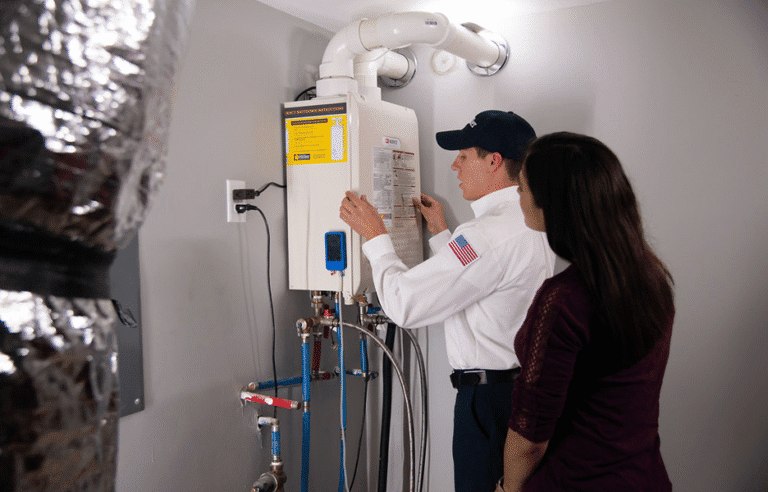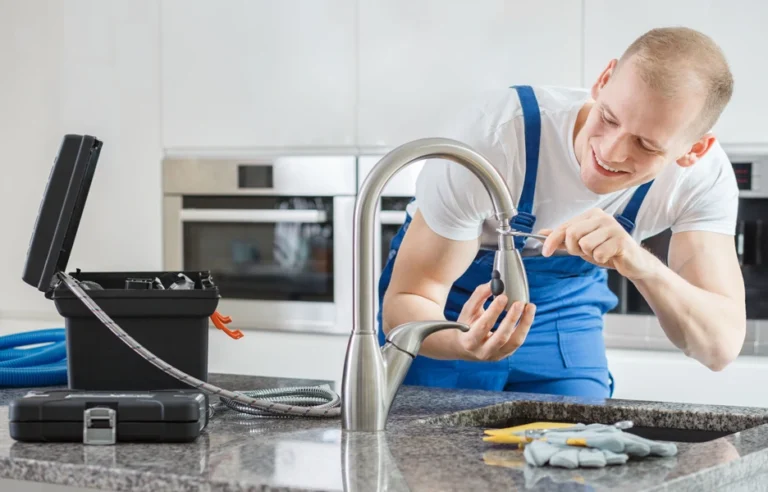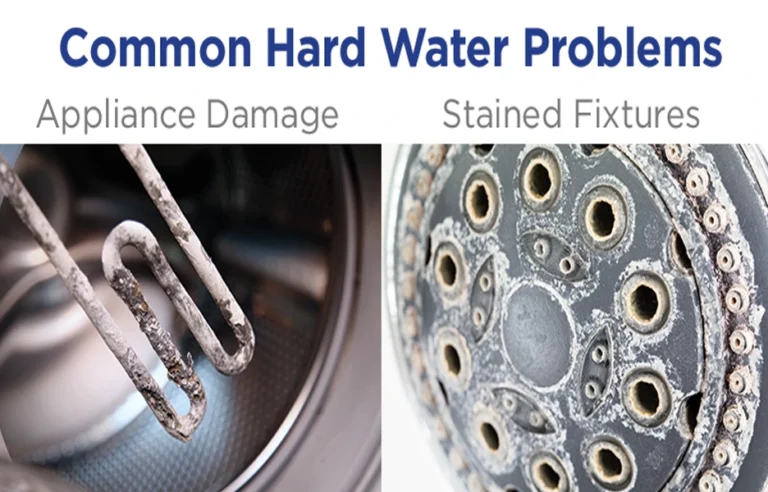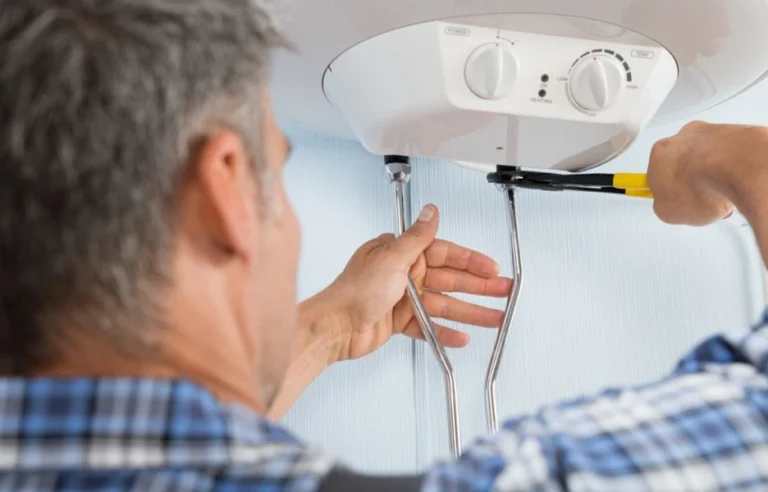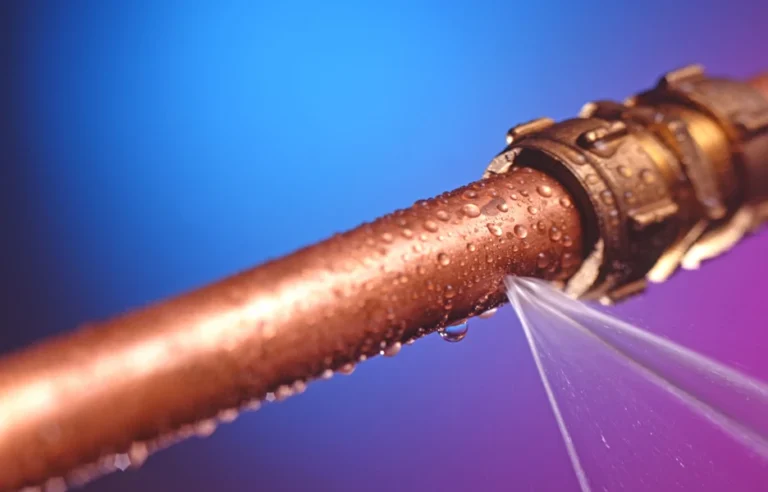Living in a multi-story home has many advantages — more space, better views, and privacy. However, one common challenge homeowners often face is low water pressure, especially on upper floors. If you’ve noticed weak water flow in your shower or faucet, you’re not alone. In this article, we’ll explore why water pressure problems occur in multi-story buildings and what practical solutions you can take to fix them.
What Causes Water Pressure Problems in Multi-Story Homes?
1. Gravity and Building Height
The higher the water needs to travel, the more pressure it loses. Gravity naturally causes a drop in pressure as water flows upwards, making top floors more vulnerable.
2. Old or Narrow Pipes
Older homes may have corroded or clogged plumbing, especially if galvanized steel was used. Narrow pipes reduce flow rate, impacting overall water pressure.
3. Pump System Failures
If your building uses a booster pump to regulate water pressure, any malfunction can cause noticeable drops.
4. High Demand at Peak Times
Pressure can drop when multiple fixtures or units are using water simultaneously, especially during mornings or evenings.
5. Municipal Water Supply Issues
Sometimes the problem originates from the city supply line. Low incoming pressure can affect even single-story homes.
Signs You Have a Water Pressure Problem
-
Weak shower spray
-
Slow-filling toilet tanks
-
Faucets that dribble instead of stream
-
Washing machine or dishwasher taking longer to run
-
Noticeable difference in pressure between floors
🔍 Not sure about your water pressure? Schedule a professional plumbing inspection with Aqua Plumbing.
How to Measure Your Home’s Water Pressure
You can check your water pressure using a simple pressure gauge:
-
Attach the gauge to an outdoor spigot or basement faucet.
-
Turn off all other water-using appliances.
-
Turn on the faucet and read the gauge.
Ideal water pressure ranges between 40-60 psi. Anything below 40 psi is considered low.
Practical Solutions for Water Pressure Issues
1. Install a Water Pressure Booster Pump
This is one of the most effective solutions for multi-story homes. A booster pump helps maintain consistent pressure throughout all floors.
2. Upgrade Your Plumbing
Replacing old or narrow pipes with wider, modern ones (like PEX or copper) can significantly improve flow and pressure.
3. Add Pressure-Regulating Valves (PRVs)
If the pressure is inconsistent, a PRV can help stabilize it and protect fixtures from damage due to sudden surges.
4. Check for Leaks or Blockages
Hidden leaks or mineral build-up in pipes can reduce pressure. Have a plumber inspect the system thoroughly.
5. Install Water Tanks (for Gravity-Fed Systems)
In homes using rooftop water tanks, ensure the tank is elevated enough to create adequate pressure through gravitational force.
🛠️ Need professional help? Aqua Plumbing offers water pressure solutions for multi-story homes across Arizona.
When to Call a Professional
If DIY solutions don’t solve the issue, it’s time to call a licensed plumber. They can:
-
Conduct a full system audit
-
Identify underground leaks
-
Design custom pump and piping systems
-
Liaise with municipal water authorities
Preventing Future Pressure Problems
-
Schedule regular plumbing maintenance
-
Avoid using multiple water-heavy appliances at once
-
Flush pipes annually to remove sediment build-up
-
Upgrade infrastructure every 15-20 years
FAQs
Q: Can I increase water pressure just on the top floor?
A: Yes, localized booster pumps or pressure-assist systems can be installed specifically for the upper floors.
Q: Is high water pressure dangerous?
A: Yes, too much pressure (>80 psi) can damage pipes, fixtures, and appliances. Always use a pressure regulator.
Q: Will adding a second water tank help?
A: In gravity-fed systems, adding an additional elevated tank may help increase pressure, especially for upper floors.
Conclusion
Water pressure problems in multi-story homes are common — but solvable. By identifying the cause and applying the right solution, you can restore steady water flow and enhance daily comfort. Whether it’s a booster pump, a plumbing upgrade, or simply better system design, there’s always a fix.
🎯 Call to Action:
Tired of Low Water Pressure?
☎️ Contact Aqua Plumbing today for professional water pressure solutions in Arizona!
✅ Free Estimates | Licensed Experts | 24/7 Service Available
📌 Explore Our Services:

